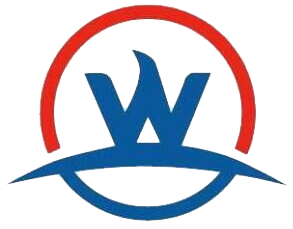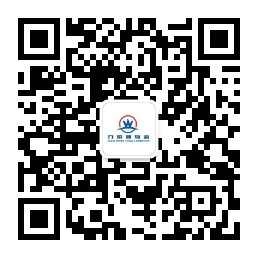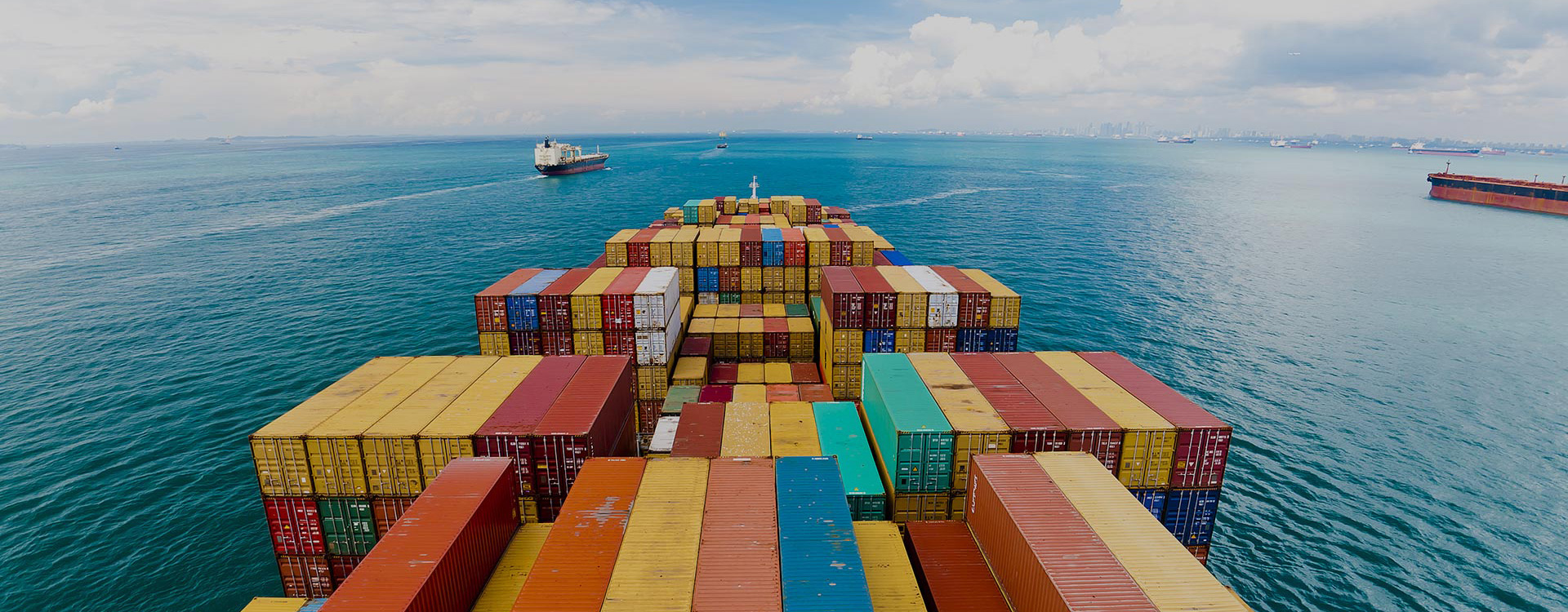taxation, and release. The customs clearance process usually includes the following steps: declaration: The courier company or individual needs to submit detailed information about the goods to the customs, including the type, quantity, value, etc. of the goods. Inspection: Customs may conduct an actual inspection of the goods to ensure that they match the declared content. Taxation: Customs may levy corresponding taxes and fees based on the nature and value of the goods. Release: After completing all procedures, the customs will allow the goods to be released, and the courier company or individual can retrieve the goods.
format and content of the documents are incorrect. Goods prohibited or restricted: including prohibited items or items that exceed import restrictions. Customs duties or tax issues: Failure to pay customs duties on time or existence of tax disputes. Origin issue: The certificate of origin of the goods is unclear or there are doubts. Packaging or labeling issues: Packaging does not comply with regulations or labeling is unclear. Safety or inspection issues: The goods require additional safety checks or inspections and have not passed. Changes in policies and regulations: Changes in relevant policies and regulations have led to obstacles in customs clearance.


Shenzhen Wanshuntong Logistics Co., Ltd.






